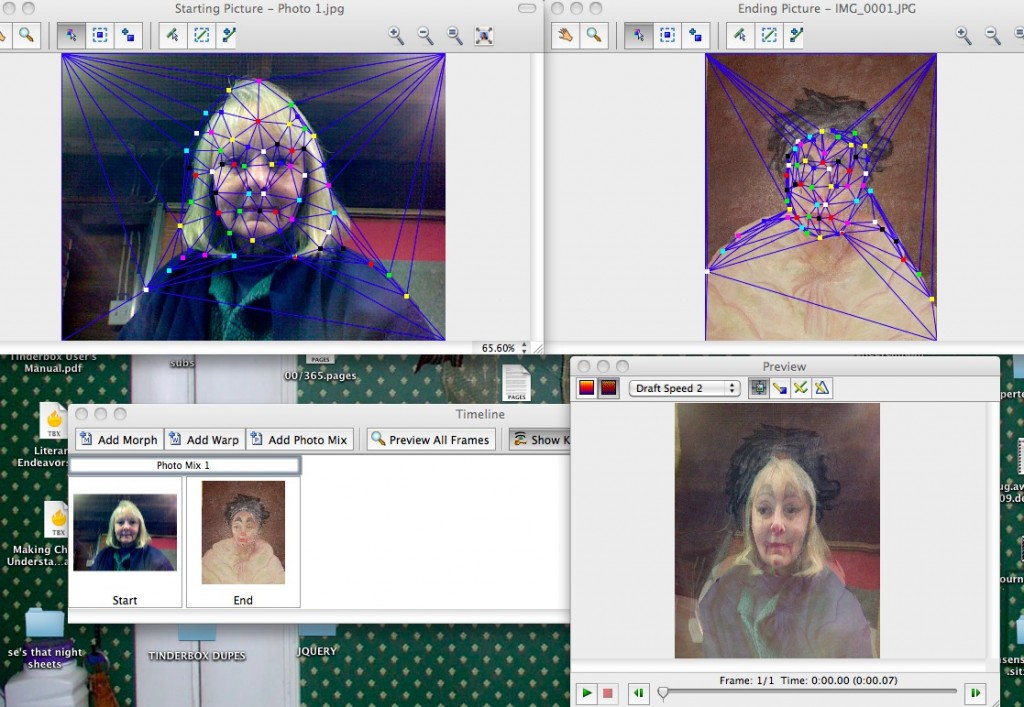This morning I received two emails from WordPress to approve two comments made on a 2006 Spinning post entitled, “Similes that Sizzle, Fizzle, Drizzle Out Your Ears” that was merely a point made about metaphors and similes by adding a visual. The comments:
“I wanted to describe drizzle”
“Not to sizzle/fizzle/drizzle out my ears”
Both comments were made within a minute by the same person from Dubai. She/he evidently used “similes to describe drizzle” as the search term in Google.
My initial reaction to the comments was, “So?” I mean, what am I supposed to do about it? Go complain to Google. Refine your search terms. Learn something about description and simile and make up your own.
But there is more going on than a student’s frustration with the internet and the fact that the more we use it, the slower and dumber it seems to be. Like a microwave oven that amazingly heated a meal in two minutes, two minutes fifty years later seems like too long.
So that didn’t surprise me but what did is taking the time to respond by entering a comment. Prior to the internet it was rather tedious to research through physical books to find what you were seeking. On all the wrong leads as well as the good ones, you didn’t leave your mark, no one knew you were there, there was no one on the page to respond to, no ears or eyes to vent your frustrations or even your eureka! moments. Online, even a blog represents a person and while both the writer and the commenter are unknown to each other, there is communication of sorts, particularly when a comment is made.
But I rarely get comments on weblog posts, though there is heavy traffic on literary reviews I’ve posted over the years. Spam is easy enough to filter out but the school semesters are thick with online searching as literary critique via class papers comes due. The comments above took time to type up, fill in the form, go through approval. There appears to be a tendency to blame the post, as written by me, for not providing the proper information the commenter was seeking. This doesn’t truly surprise me either as it seems the norm in society today, but still, when you think about it, here’s this student (I’m guessing) looking for the easiest, fastest method of finding a way “to describe drizzle” and getting upset enough with what’s being laid at her feet (or rather, within her fingertips on the keyboard) and feeling somehow gypped in the process.
Interesting. The new media technology is definitely effecting a change in our way of thinking, of interaction, of learning.


 The Lost Children: A Charity Anthology
The Lost Children: A Charity Anthology